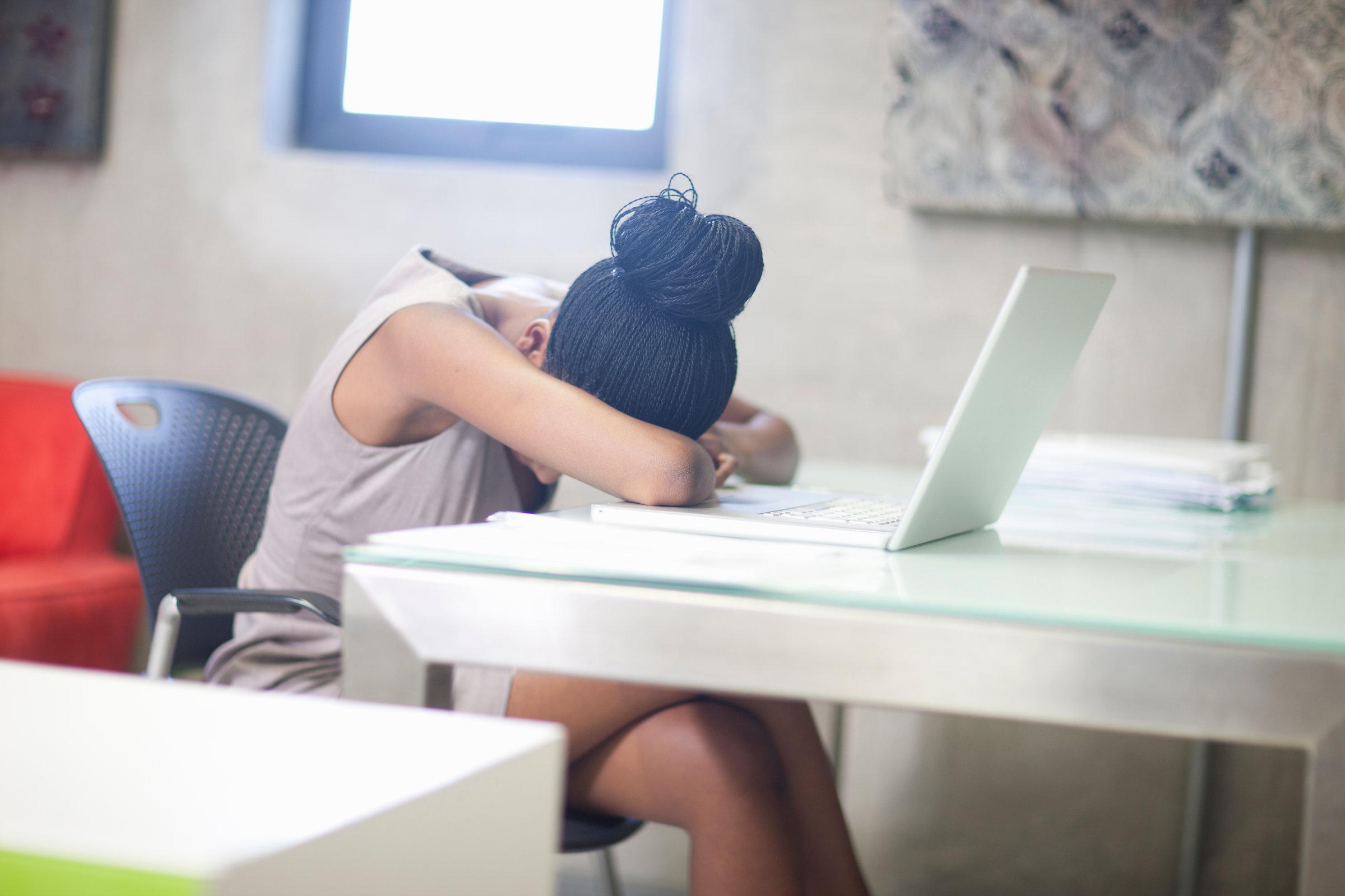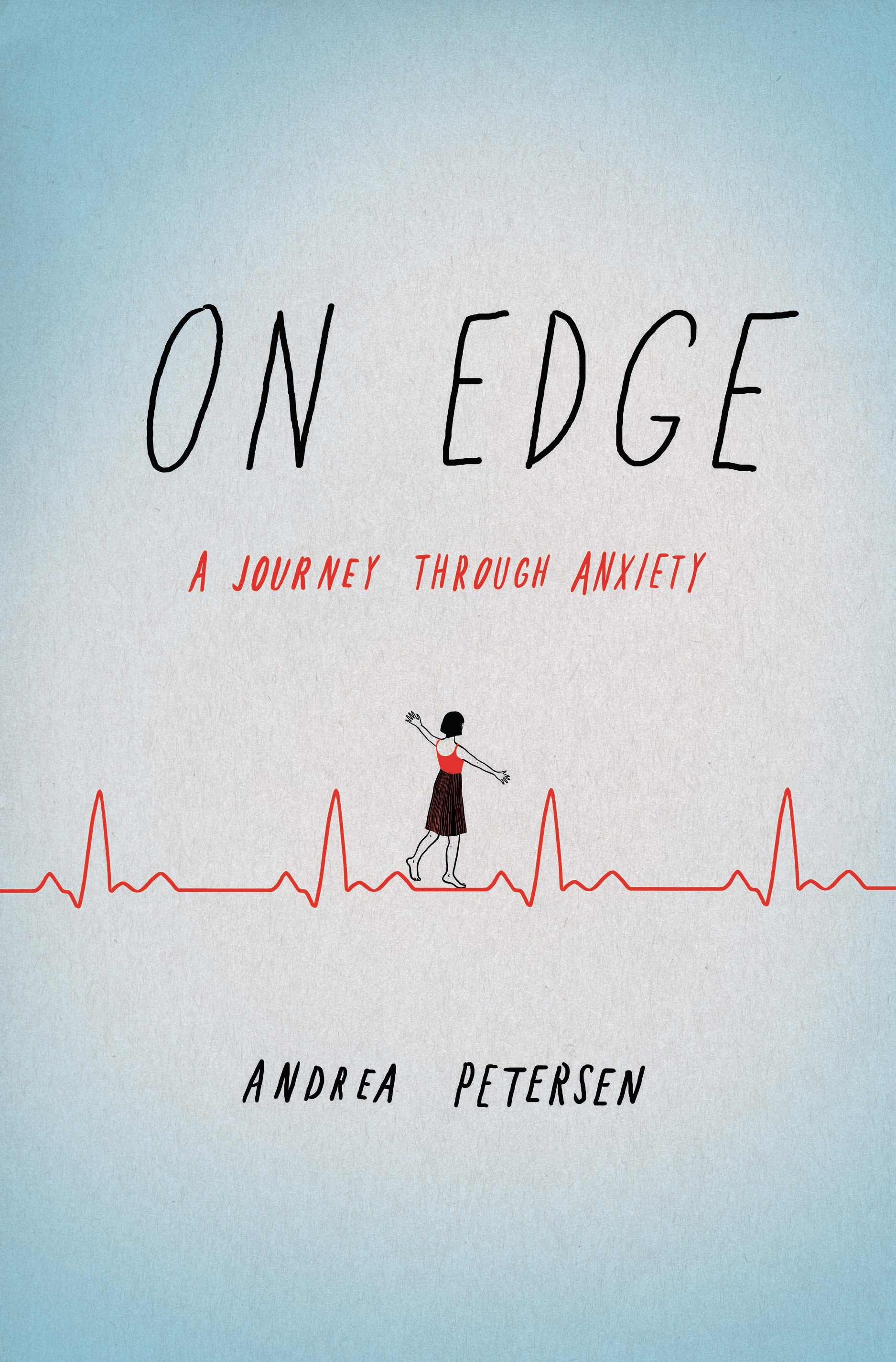
Years ago, I was sitting at my desk in the newsroom of The Wall Street Journal when I started feeling funny. I’m a journalist, and I was reporting a story about carbon monoxide poisoning, talking on the phone with a doctor who was describing the symptoms of the illness — dizziness, shortness of breath and confusion.
As the doctor spoke, I felt my heart rate kick up. My breathing became quick and shallow, and I broke out in a thin film of sweat. I was woozy and started seeing spots dancing in front of my eyes. I pushed my chair back and put my head between my knees — the phone still at my ear — hoping that I wouldn’t pass out in the middle of the conversation. “You’re okay,” I said to myself. “Take some deep breaths.”
I was having a panic attack, something I’d experienced hundreds of times before. But I was having this one at the office in the middle of the work day — and in full view of dozens of colleagues. A lot of my anxiety revolves around health issues, and I was psychosomatically feeling the symptoms of carbon monoxide poisoning the doctor described to me.
Having an anxiety disorder — as 40 million adult Americans do — isn’t fun. Dealing with one in the workplace is even less so. Only one in four people with an anxiety disorder has told their employer, according to a 2006 survey by the Anxiety and Depression Association of America. People cited various reasons: that the disclosure could limit promotions, would be recorded in their employee file or might be perceived as a lack of willingness to do the job. I never told my bosses about my anxiety until a few years ago, when I decided to write a book about it. Before then, I was too afraid of being judged and labeled or being considered less capable.
Even so, in the 25 years I’ve been grappling with serious anxiety disorders, I’ve picked up some strategies for how to handle them at work.
The single most helpful move I’ve made is to build a support system at the office. While I resisted telling my bosses until recently, I’ve always clued in at least a few close work friends about my anxiety. Having an ally I know I can reach out to eases my feelings of fear. I don’t feel trapped by my panic, because I know there’s at least one person I can be honest with. It’s tough enough to get through a panic attack without the pressure of having to fake composure, too.

When my anxiety soars during the workday — if I feel like I’m not making quick enough progress on a story or a tough deadline is bearing down — I’ll email or text a friend and ask him or her to take a walk with me. (Sometimes I’ll need to take half a tablet of Klonopin, an anti-anxiety medication, too.) I’m fortunate to work in a field where I’m allowed, even expected, to step away from my desk at times — I’ve found that a walk with a supportive friend soothes me, and it’s even better if I can take that walk in a park. In a study published in 2015, researchers at Stanford University had two groups of people walk along two different paths — one in a grassy park, the other along a busy highway. The individuals who walked in the park had less anxiety than highway walkers after their stroll.
Since I’m more likely to get anxious when I feel overwhelmed, I’ve figured out the time of day when I perform best and am most creative. For me it’s the morning, and the earlier the better — sometimes I’ll go to sleep early and wake up at 5 a.m to write for a few hours before I get ready and head to work. Scheduling urgent work during this peak time — and checking it off my to-do list — can help prevent me from feeling swamped.
How well I can handle my anxiety at work also depends a lot on what I do outside the office — getting appropriate treatment has been crucial. During the months and years when my anxiety is at its worst, I turn to cognitive behavioral therapy and anti-depressant medications like Lexapro, the two most evidence-based treatments for anxiety disorders.
But even during easier times in my life, I still have to be careful. Research has also found that insufficient sleep fuels anxiety, so I make sure to get eight hours of sleep a night. And I exercise and practice yoga almost daily. Exercise in general and yoga in particular have been found to at least modestly reduce anxiety symptoms. Mindfulness practices overall, including meditation (something I know I should do), are increasingly being used to help treat anxiety disorders, and studies have found that they significantly reduce symptoms.
When I was having that office panic attack, I wrapped up my interview as quickly as I could. Still shaky and breathless, I ran over to a friend’s desk, grabbed his arm and asked him if he could take a walk with me. We strolled mostly in silence, my friend periodically asking me if I was okay. Within about 20 minutes, I started feeling better. When we got back to the office, I sat down to finish my story. I even turned it in on time.
Andrea Petersen is the author of On Edge: A Journey Through Anxiety.
More Must-Reads from TIME
- Introducing the 2024 TIME100 Next
- The Reinvention of J.D. Vance
- How to Survive Election Season Without Losing Your Mind
- Welcome to the Golden Age of Scams
- Did the Pandemic Break Our Brains?
- The Many Lives of Jack Antonoff
- 33 True Crime Documentaries That Shaped the Genre
- Why Gut Health Issues Are More Common in Women
Contact us at letters@time.com